If you want to watch this content on YouTube, click here.
What is non-celiac gluten sensitivity?
Over 3 million people in the US alone adhere to a gluten-free diet, and over two-thirds of those, 72%, do not have celiac disease. Many believe that they have non-celiac gluten sensitivity. But according to some of the top experts, Dr. Stefano Guandalini and Dr. Alessio Fasano, there are no reliable validated tests for non-celiac gluten sensitivity.
Non-celiac gluten sensitivity (NCGS) refers to people that don’t have celiac disease but report a variety of IBS (Irritable Bowel Syndrome) like symptoms. In other words, they don’t have the immunological reaction in their intestines or damage to the intestinal villi from gluten but suffer from symptoms including:
- Abdominal pain
- Bloating or gas
- Diarrhea or constipation
- Muscle aches or joint pain
- Anemia
- Anxiety
- Brain fog, or trouble concentrating
- Depression
- Fatigue
In this video (starting from 7:14), we will make two types of super low-carb bread, one containing gluten and one without for self-testing NCGS.
What does super low-carb bread have to do with self-testing non-celiac gluten sensitivity (NCGS)?
Fermentable carbohydrates. You want to ensure that fermentable carbohydrates are NOT the culprit rather than gluten. Why? Because fermentable carbohydrates can cause the same or very similar symptoms to people in the form of SIBO (Small Intestinal Bacterial Overgrowth) and other forms of gut dysbiosis. For instance, how do you know that you are reacting to gluten and not poorly digested carbohydrates such as resistant starch, fiber, etc., when eating gluten-containing bread? Are you still having symptoms eating gluten-free bread loaded with resistant starch and fiber?
The full spectrum of fermentable carbohydrates include:
- Lactose
- Fructose (and polymers of fructose)
- Resistant starch
- Fiber
- Sugar alcohols
These fermentable carbohydrates can overfeed bacteria and other organisms in your gut, causing digestive and other symptoms because carbohydrates are the preferred fuel source for bacteria. Remember, 30 g of unabsorbed carbohydrates can allow bacteria to produce more than ten liters of hydrogen gas. [1]
Is fructan, instead of gluten, inducing symptoms?
This study concluded that people with non-celiac gluten sensitivity reacted to the fructan, fructooligosaccharide, instead of gluten. But is the conclusion sound? Let’s take a look.
The study was a crossover design with three types of bars, and they were all considered low FODMAP snack bars.
- Bars with neither gluten nor fructooligosaccharide (placebo)
- Bars spiked with gluten
- Bars spiked with fructooligosaccharide
Study participants consumed one type of bar for seven days and then had a washout period for another seven days. This 14-day process was repeated 3 times until all three bars were consumed, and participants’ symptoms were monitored throughout the duration.
The results showed that people consuming the placebo (#1) or gluten-containing bars (#2) had fewer symptoms compared to the bar spiked with 3.8 grams of fructooligosaccharides (#3).
But as you can see, regardless of which type of bar the participants consumed, they all experienced and reported many symptoms. So why did all three bars trigger many symptoms? For me, the answer is clear – it is because of fermentable carbohydrates in all three bars.
Here are the ingredients of each bar, 1. “Placebo”, 2. “with Gluten”, and 3. “with Fructan”.
If you are familiar with FP (Fermentation Potential), the total FP is about 30 grams per bar (much greater than the 3.8 grams of fructooligosaccharide), which is very high in symptom potential. For more information about FP and the Fast Tract Diet for IBS, SIBO, GRED and LPR (silent reflux), please read the Fast Tract Digestion book.
Ingredients of super low-carb bread

Gluten-free egg white bread
- 1 ½ cup liquid egg whites (from dozen eggs, 84 g protein, 0 g carbs)
- ½ teaspoon cream of tartar, ½ teaspoon salt
- 2/3 cup whey protein powder (42 g protein, 2 g carbs)
- 1/3 cup egg white powder (22 g protein, 3 g carbs)
Total protein 148 g/loaf, 15 g/slice
Total gluten 0 g/loaf, 0 g/slice
Total carbs 5 g/loaf, 0.5g/slice
Gluten-containing egg white bread
- 1 ½ cup liquid egg whites (from dozen eggs, 84 g protein, 0 g carbs)
- ½ teaspoon cream of tartar, ½ teaspoon salt
- 2/3 cup whey protein powder (42 g protein, 2 g carbs)
- ¼ cup wheat gluten powder (23 g protein, 4 g carbs)
Total protein 149 g/loaf, 15 g/slice
Total gluten 23 g/loaf, 2.3 g/slice
Total carbs 6 g/loaf, 0.6 g/slice
How to test non-celiac gluten sensitivity (NCGS)
- Go on a low fermentable carbohydrate (Fast Tract Diet, less than 20 FP points per day) or overall low carbohydrate (total daily carbs below 20 grams and limit fiber) for one week.
- Continue on the low fermentable or overall low carb diet while consuming the gluten-containing bread 3 – 4 times a day for one week or until you feel the bread gives you symptoms.
- If you continue to have symptoms, switch to the gluten-free egg white bread for a week.
Please report your results in the comment below.
[1] Suarez F, Levitt M. Textbook of Primary and Acute Care Medicine. Second edition. Edited by Gideon Bosker. Page 1191.
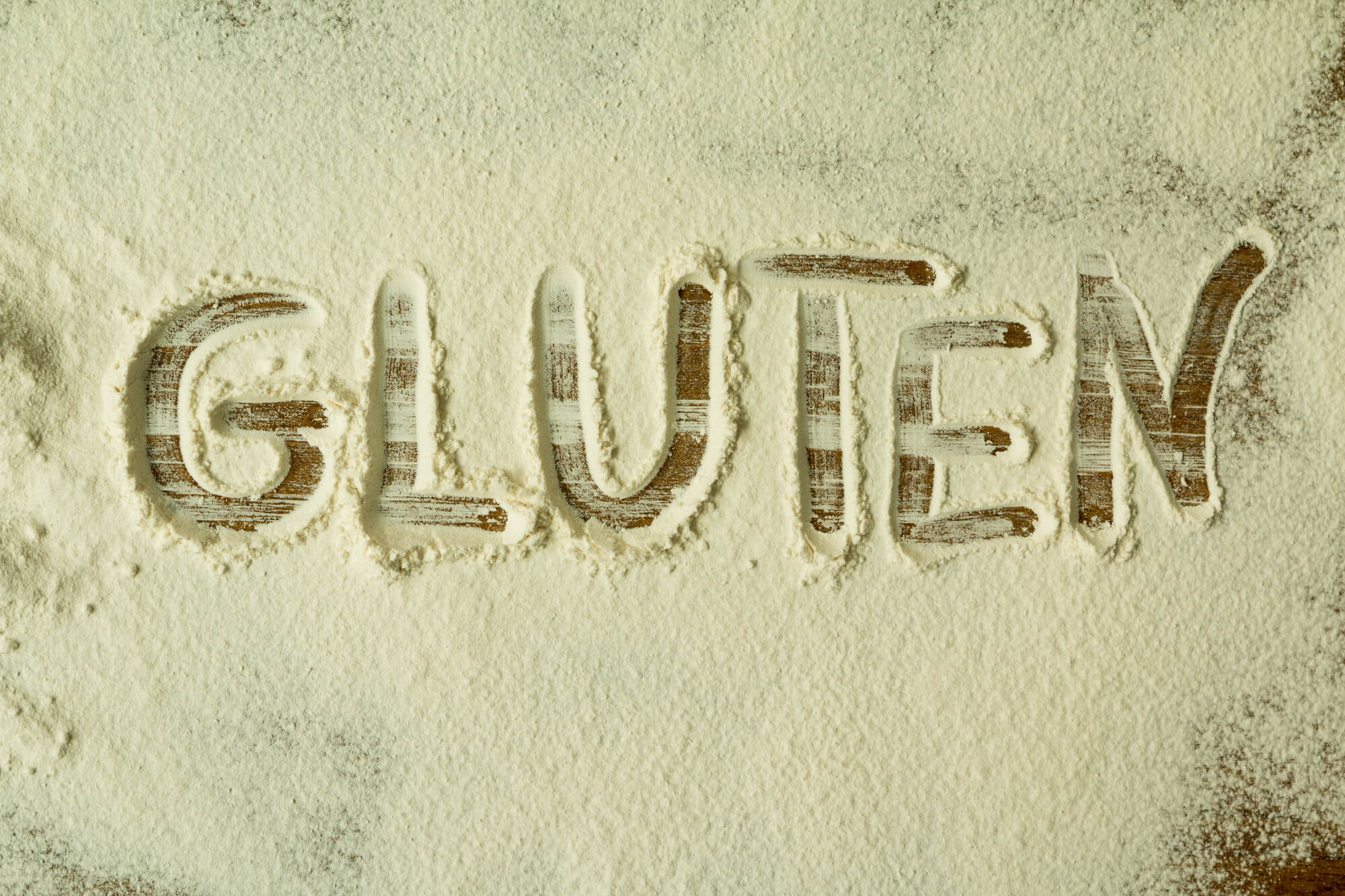

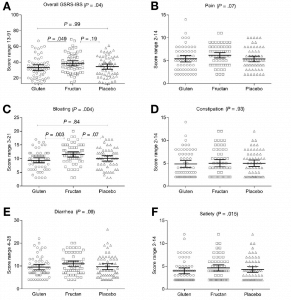
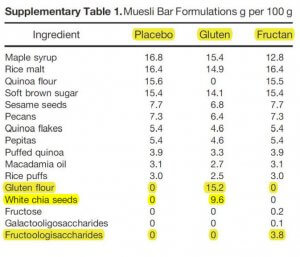
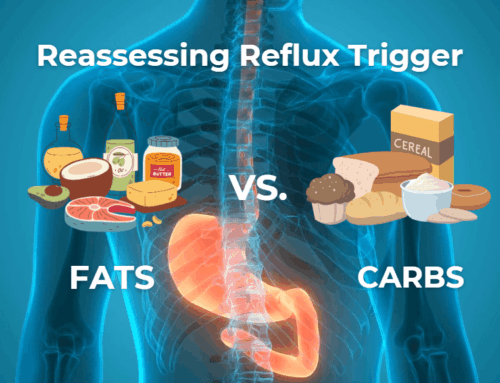
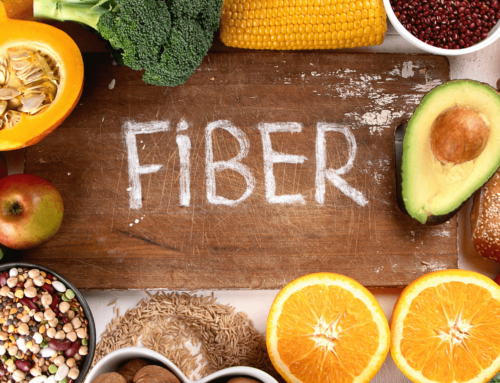
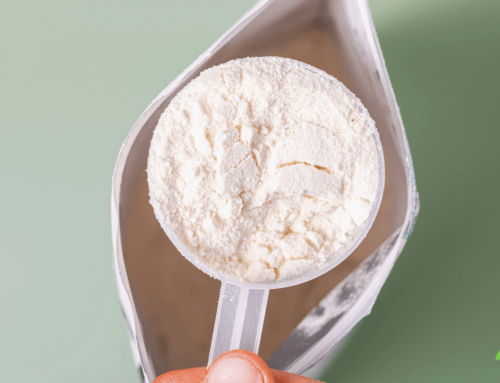
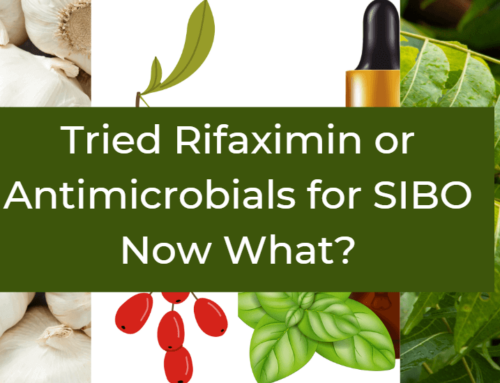
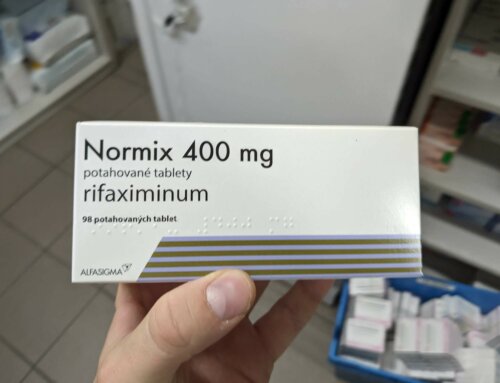
Leave A Comment
You must be logged in to post a comment.